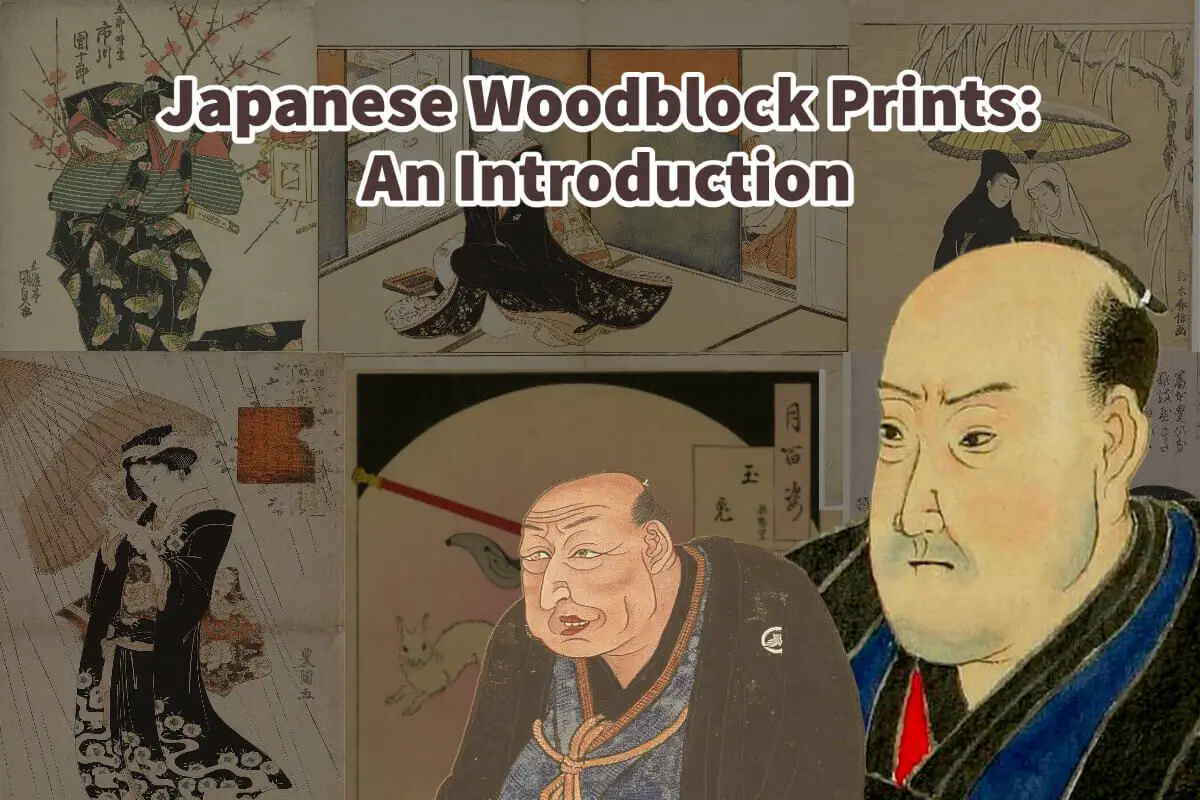Some of my favorite Japanese art is the Japanese woodblock prints. These Japanese woodblock prints have captivated and inspired many artists.
Japanese woodblock prints are an essential part of Japan’s artistic heritage. They have captivated the art world with their beauty and intricacy for centuries. The Japanese Woodblock prints influenced many Western artists, such as Vincent Van Gogh and Claude Monet.
Table of Contents
- Exploring The History Of Japanese Woodblock Prints:
- Influence Of Japanese Woodblock Prints On Western Art
- 10 Of The Most Significant Japanese Woodblock Print Artists
- Frequently Asked Questions
- Related Questions
Read on as we journey through the history of Japanese woodblock prints and explore some of the most significant Japanese artists that ever lived and their most important artwork.
Exploring The History Of Japanese Woodblock Prints:
Japanese woodblock printing dates back to the 8th century. However, it wasn’t until the Edo period (1603-1868) that it became widely popular.
During this time, Japan was largely cut off from the outside world, and the art of woodblock printing flourished. In Japan there was a rise in the merchant class; this new merchant class had money to spend on luxuries such as woodblock prints.
In the 17th century, the Ukiyo-e style of woodblock printing emerged. Ukiyo-e woodblock prints depicted scenes from everyday life and was often colorful and vibrant. They were produced in large quantities and were affordable to the masses.
Japanese woodblock prints are considered some of the world’s most important works of art. They are celebrated for their intricate designs, vibrant colors, and attention to detail.
One reason why these prints are so important is because they capture moments from everyday life in Japan. They provide a window into a world otherwise lost to history.
Japanese woodblock prints, especially the Ukiyo-e period of woodblock prints, often depict scenes from nature, the theater, and urban life. They are known for their ability to evoke emotions and transport viewers to another time and place.
When most people think of Japanese woodblock prints, most of the prints they see are from the Ukiyo-e style of woodblock prints.
Influence Of Japanese Woodblock Prints On Western Art
The influence of Japanese woodblock prints on Western art cannot be overstated. In the 19th century, Western artists became fascinated with Japanese art, particularly Japanese woodblock prints.
The vibrant colors and intricate designs of these prints were a departure from the traditional styles of Western art and profoundly impacted modern art’s development.
Japanese Woodblock Prints inspired Vincent Van Gogh
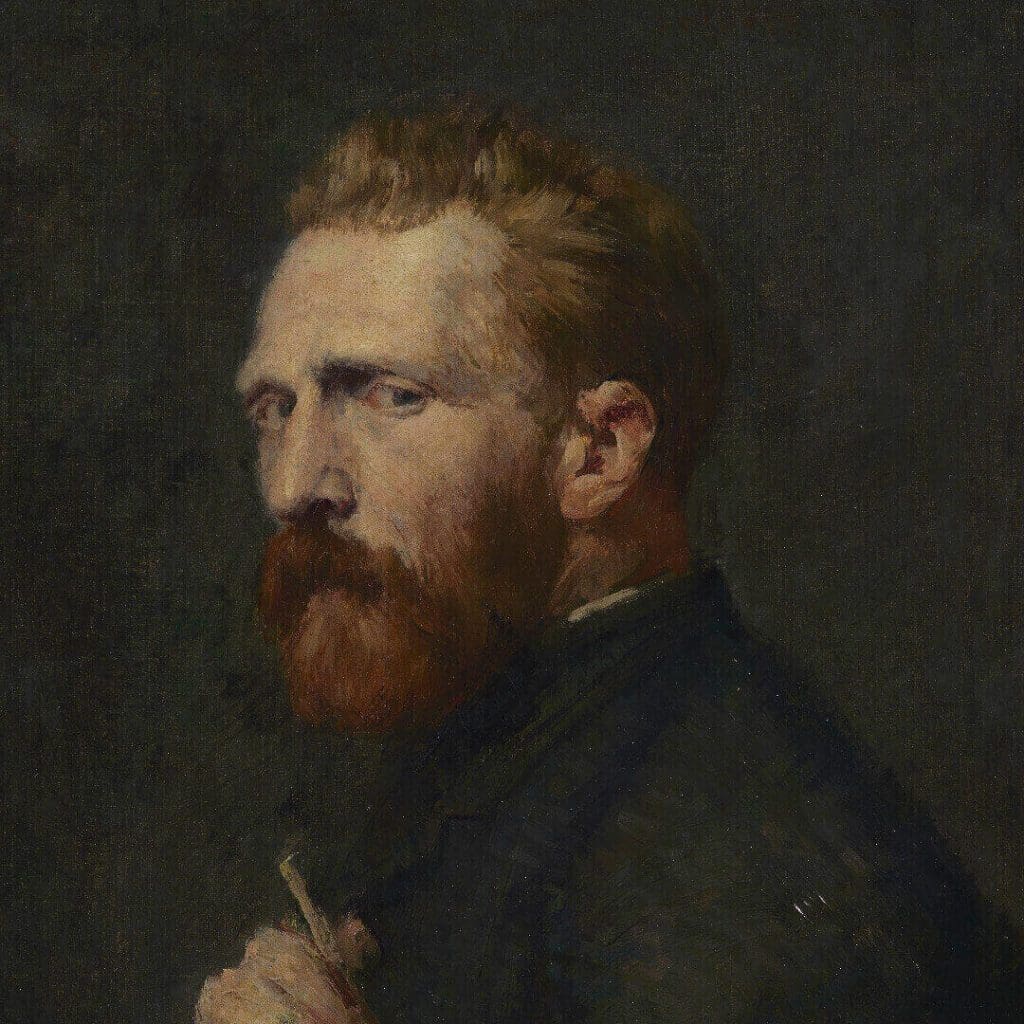
Vincent van Gogh was one of the most significant Western artists influenced by Japanese woodblock prints. Van Gogh greatly admired Japanese art and collected Japanese prints throughout his life.
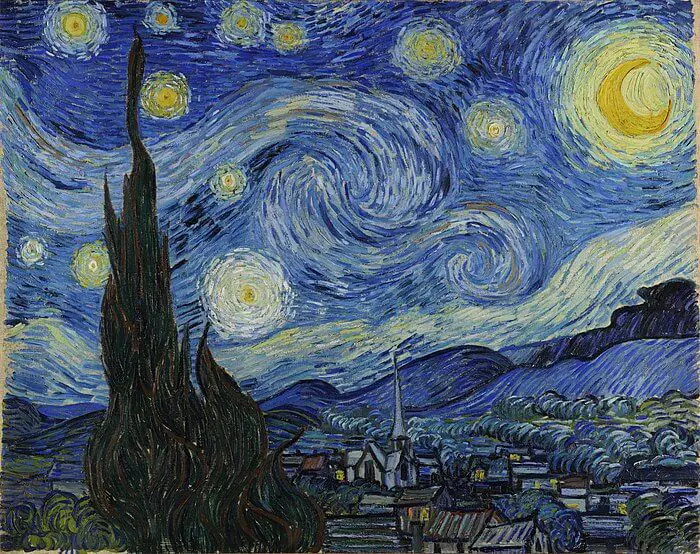
He was particularly drawn to the bright colors and bold compositions of Japanese woodblock prints and incorporated these elements into his work. Japanese prints heavily influenced Van Gogh’s famous “Starry Night” (1889), and he often referenced them in his letters to his brother Theo.
Japanese Woodblock Prints Influenced Claude Monet
Another Western artist who was influenced by Japanese woodblock prints was Claude Monet. Monet was fascinated by Japanese art and also collected Japanese prints throughout his life.

He was particularly drawn to the way Japanese prints captured the effects of light and shadow, and he incorporated these elements into his work. Japanese prints heavily influenced Monet’s famous series of Water Lilies, and he often referenced them in his letters to his friends.
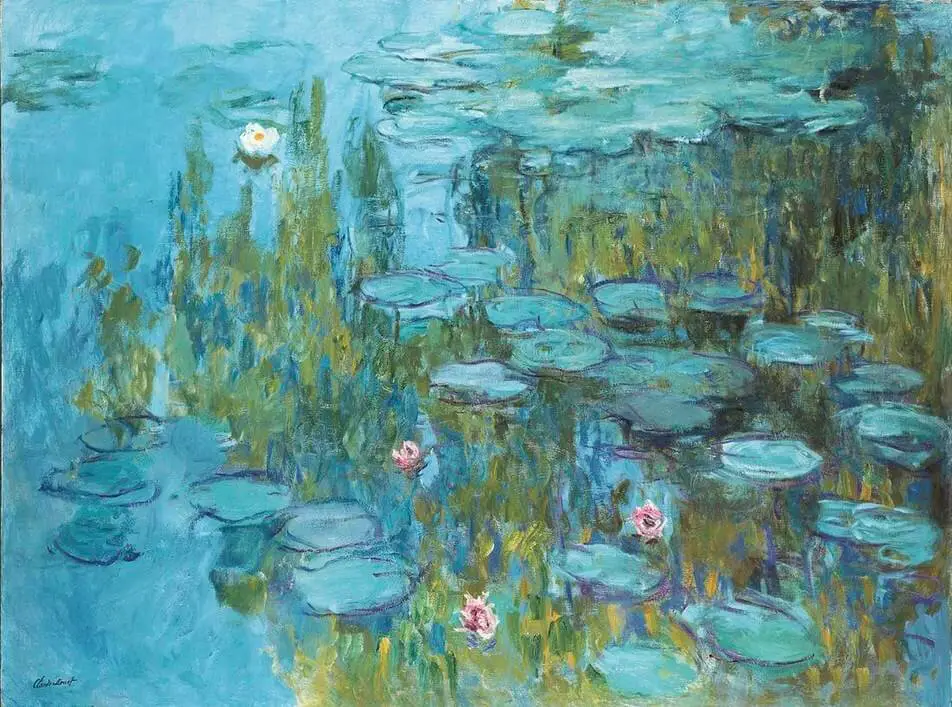
We can see from these two examples that Japanese woodblock prints are some of the world’s most important works of art as they also hea,vily influenced many influential Western artists.
10 Of The Most Significant Japanese Woodblock Print Artists
There are many significant Japanese Woodblock print artists. Many of these artists were also the artist that helped influence Western artists.
Here are ten of our favorite Japanese woodblock print artists.
Hokusai (1760-1849)

Katsushika Hokusai is considered one of the most important Japanese artists ever. He began as an apprentice in a print shop at age 14 and created thousands of works over his long career.

Hokusai’s most famous series is “Thirty-six Views of Mount Fuji,” which includes the iconic “The Great Wave off Kanagawa” (1830-1833).

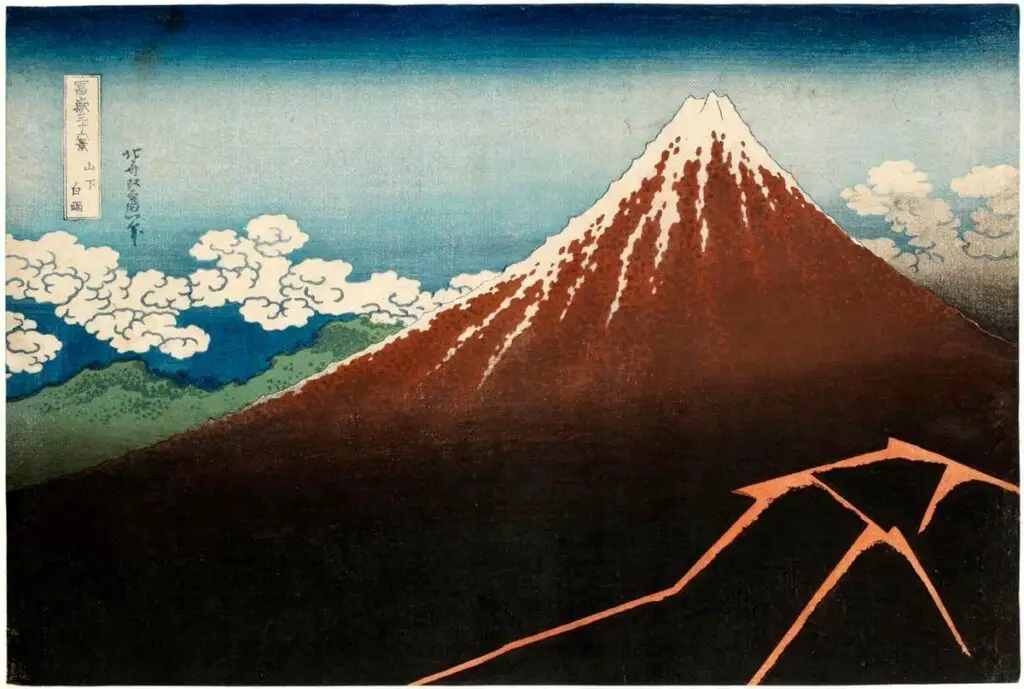
Other significant prints by Hokusai include “Red Fuji” (1831) and “Thunderstorm Beneath the Summit” (c. 1830-1832).
Hiroshige (1797-1858)
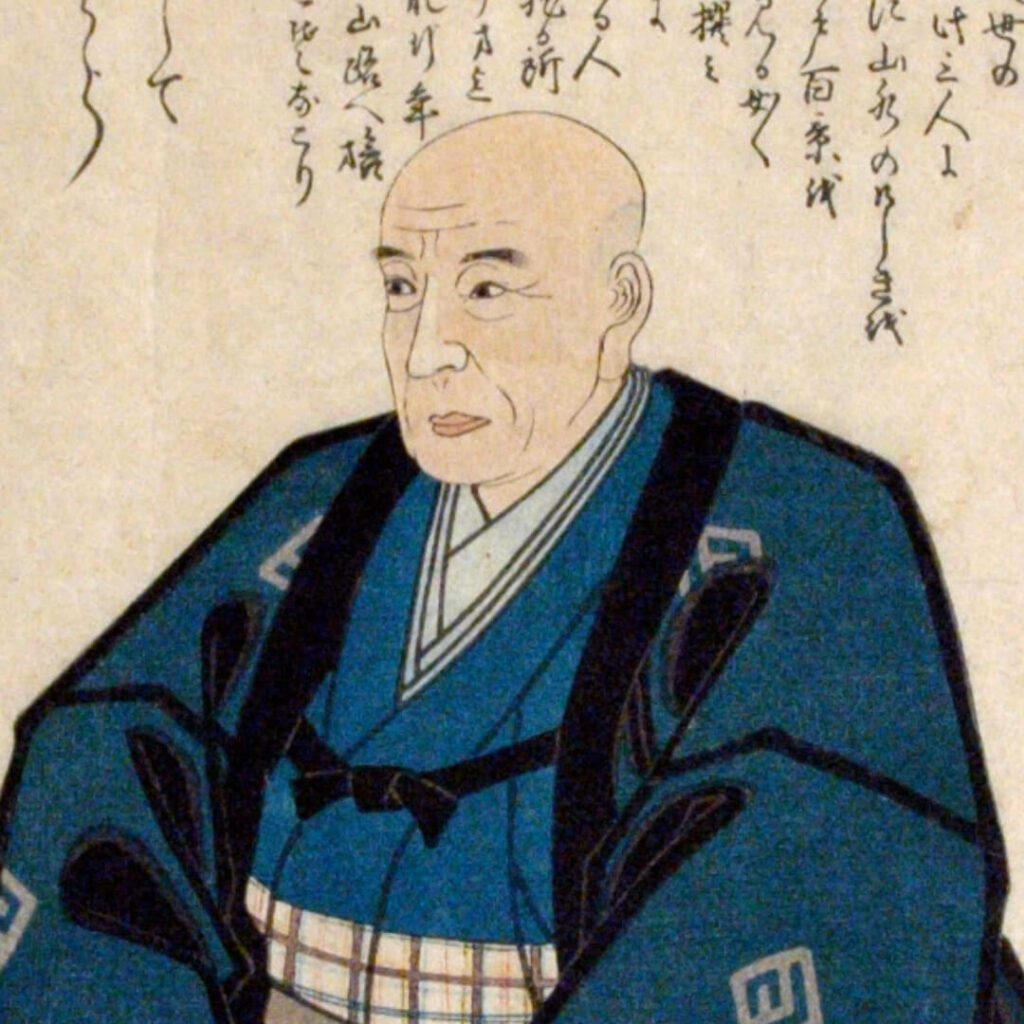
Utagawa Hiroshige is known for his landscape prints depicting everyday life scenes.
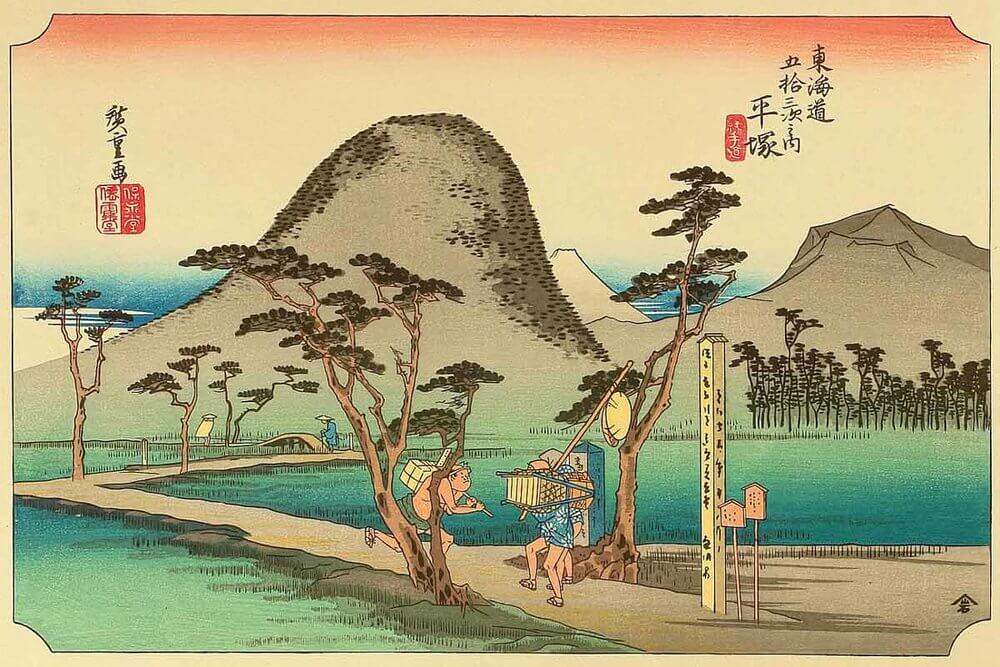
His most famous series is “The Fifty-three Stations of the Tokaido,” which depicts the journey between Edo and Kyoto.
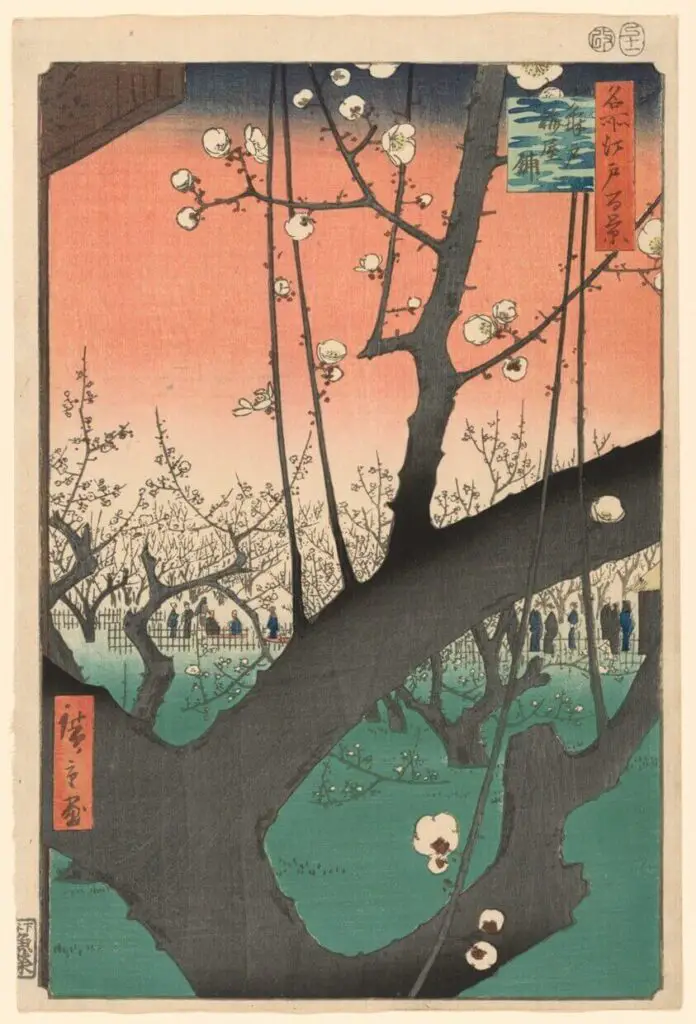
His other significant works include “Plum Garden at Kameido” (1857) and “Sudden Shower over Shin-Ohashi Bridge and Atake” (1857).
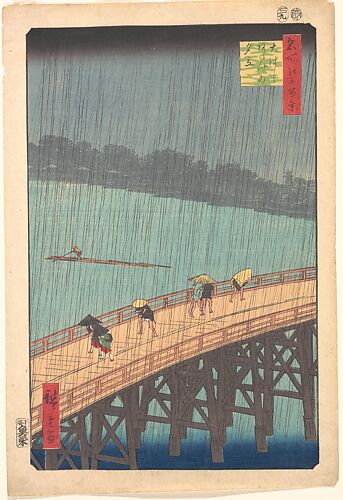
Utamaro (1753-1806)

Kitagawa Utamaro is known for his bijin-ga (pictures of beautiful women) and portraits of actors.

His most famous print is “The Three Beauties of the Present Day” (1793-1794), which shows three courtesans.

Other significant works by Utamaro include “Moon at Shinagawa” (1794-1795).
Toyokuni (1769-1825)
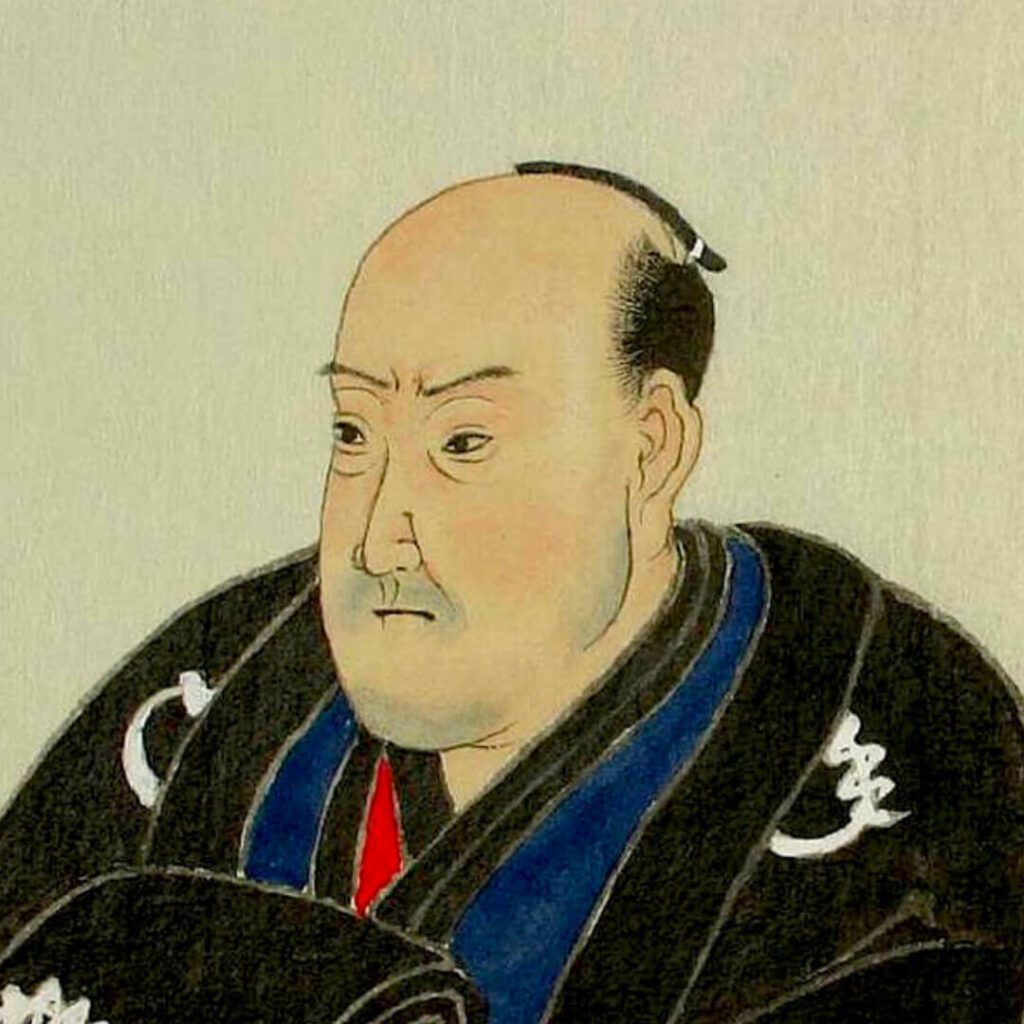
Utagawa Toyokuni is known for his actor prints and kabuki scenes.
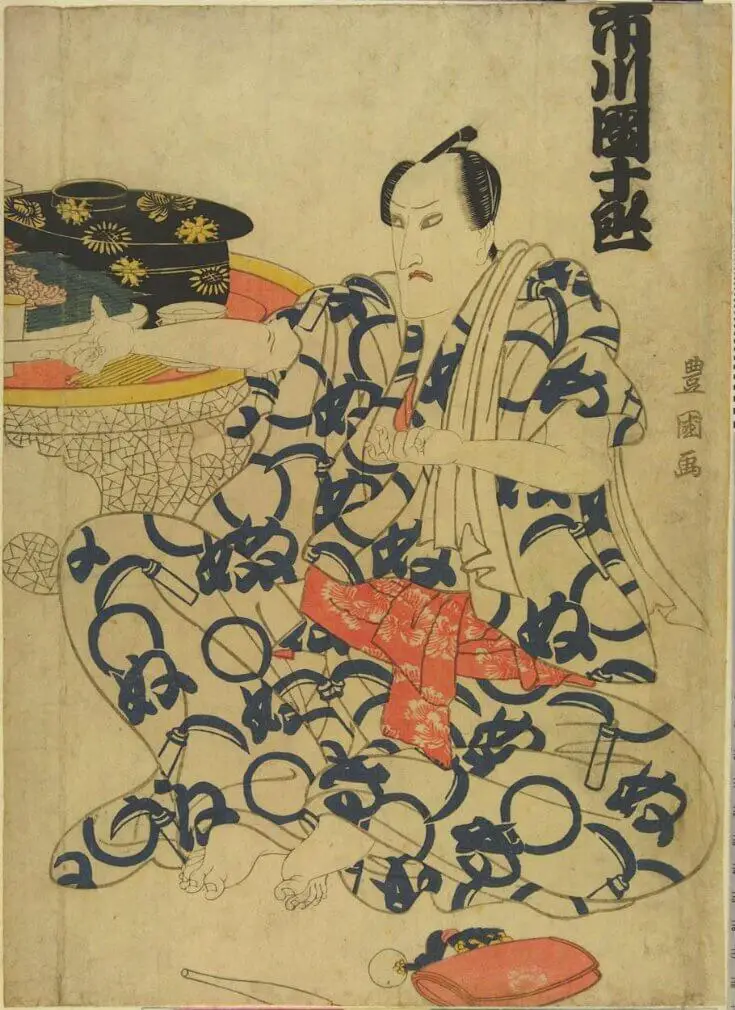
His most famous works include “Actor Ichikawa Danjuro VII as Kato Masakiyo” (1794) and “Actor Nakamura Utaemon III as the Ghost of Oiwa” (1793).
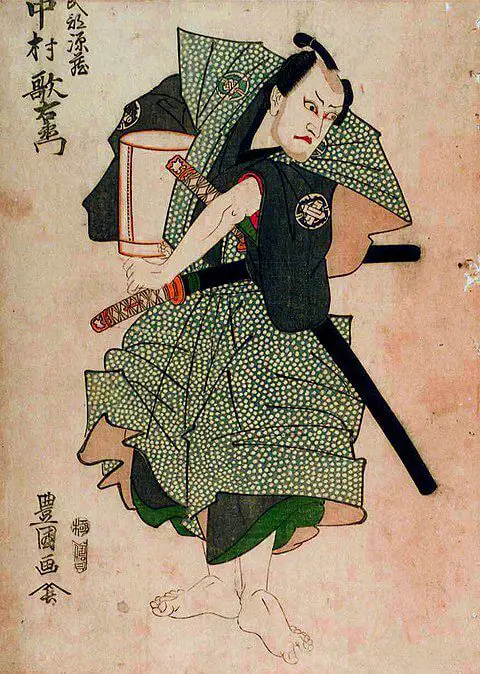
Kunisada (1786-1865)
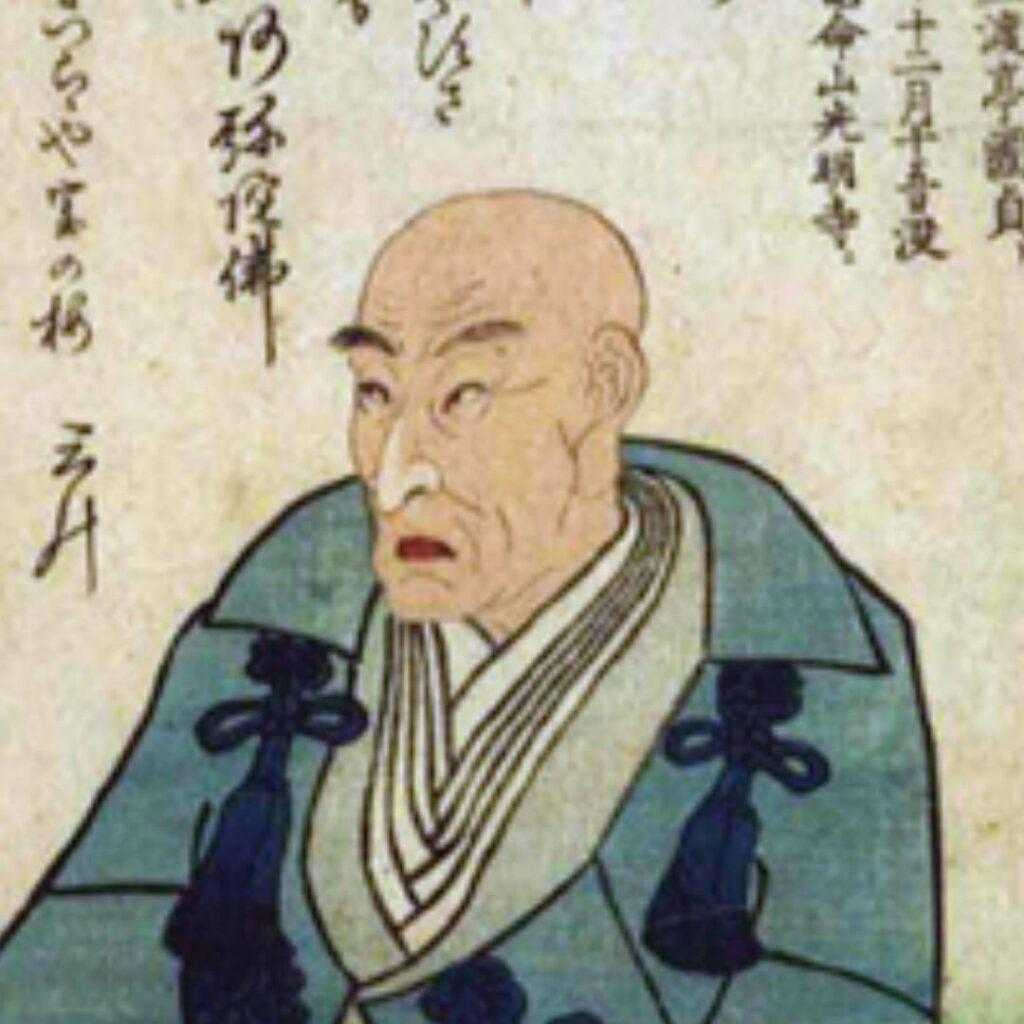
Utagawa Kunisada is known for his actor prints and portraits of beautiful women.
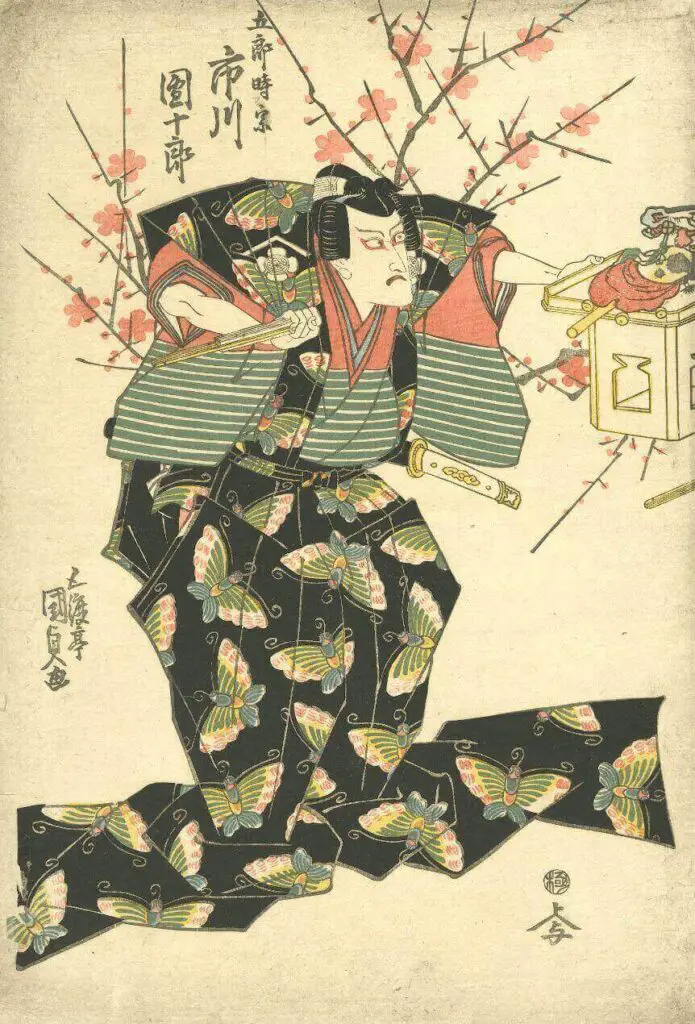
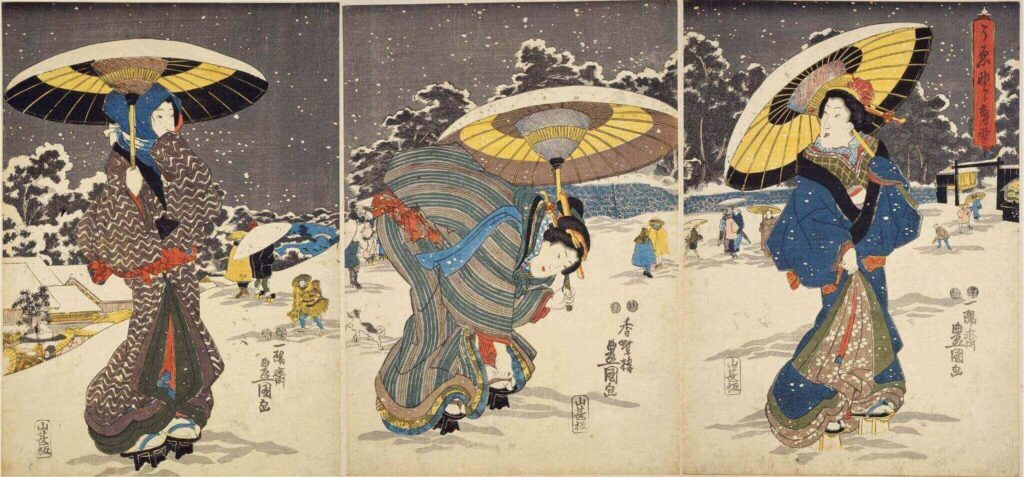
His most famous works include “Ichikawa Danjuro VII as Soga no Gorō” (1830) and “Twilight Snowfall at Ueno” (1850.)
Yoshitoshi (1839-1892)

Tsukioka Yoshitoshi is known for his historical and supernatural prints.


His most famous works include “One Hundred Aspects of the Moon” series (1885-1892) and “The Story of the Loyal Retainers.”
Sharaku (active 1794-1795)
Toshusai Sharaku is known for his portraits of kabuki actors. He was only active briefly, but his works are considered some of the most striking and innovative in Japanese woodblock printing.

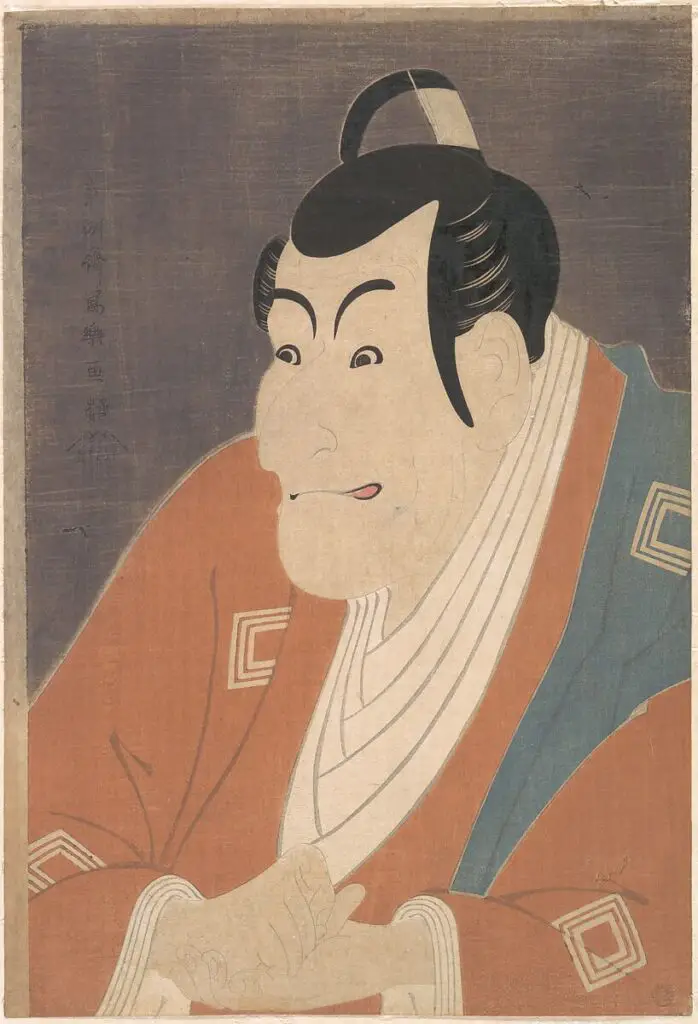
His most famous prints include “Ōtani Oniji III in the Role of the Servant Edobei” (1794) and “Ichikawa Ebizo IV in the Role of Takemura Sadanoshin” (1880 to 1890).
Shunsho (1726-1792)
Katsukawa Shunshō is known for his kabuki prints and portraits of beautiful women. He was one of the most influential artists of the Katsukawa school.
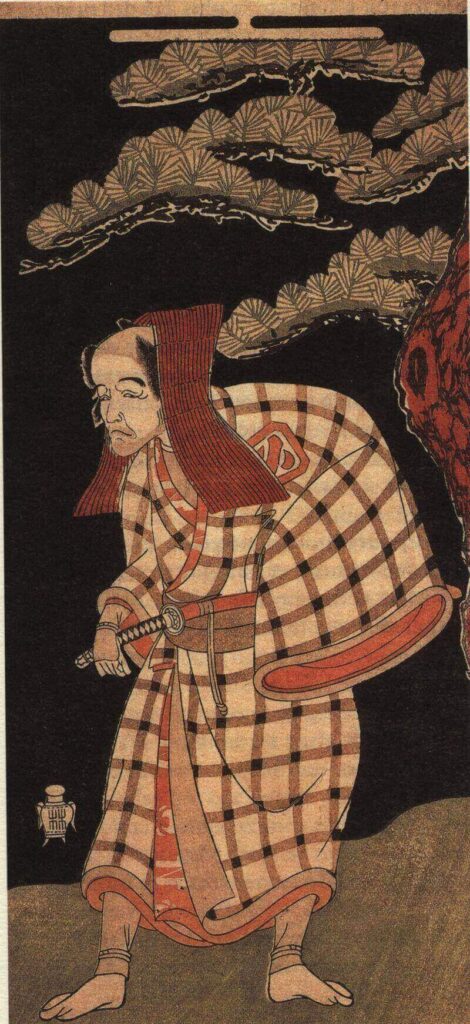

His most famous prints include “Kabuki Actor” and “Haikaiyobukodori” in 1788.
Kiyonaga (1752-1815)
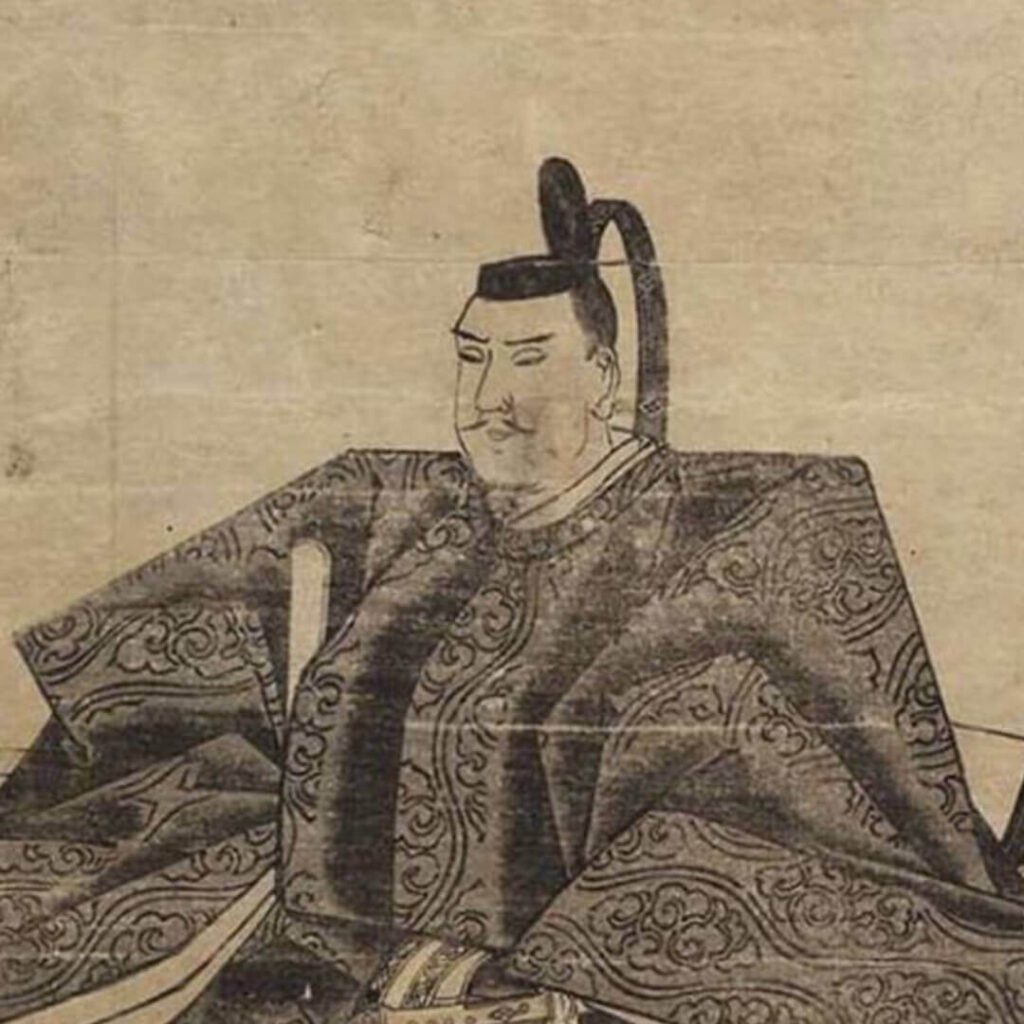
Torii Kiyonaga is known for his bijin-ga and prints of everyday life. He was one of the most influential artists of the Torii school.
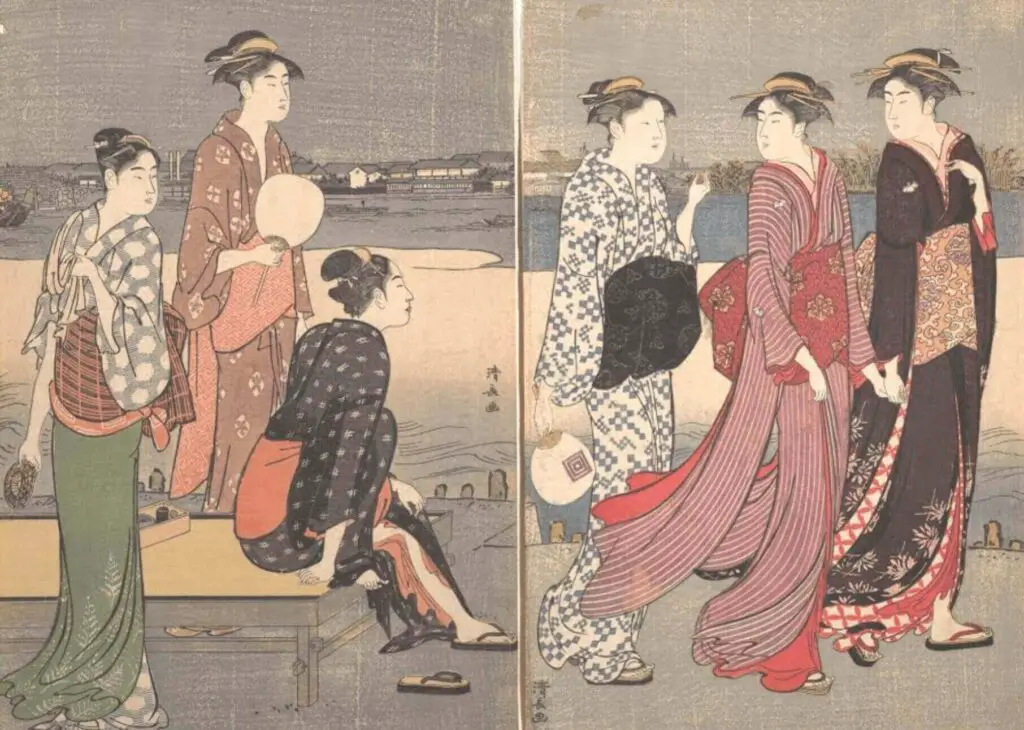

His most famous works include “Okawabata yu-suzumi | Enjoying the Evening Cool on the Banks of the Sumida River” (1774–1794) and “Viewing Cherry Blossoms” (1784).
Harunobu (c. 1724-1770)
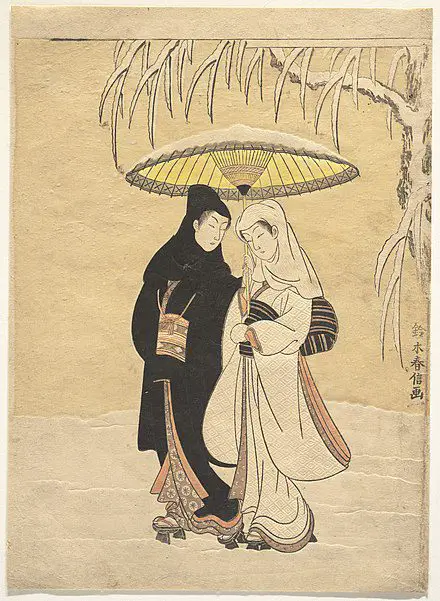

Suzuki Harunobu is known for his bijin-ga and prints of everyday life. He is considered one of the pioneers of ukiyo-e. His most famous works include “Lovers Beneath an Umbrella in the Snow By Suzuki Harunobu”, and “Two Girls” (1750).
Each of these artists made significant contributions to the art of Japanese woodblock printing. Their prints are celebrated for their beauty, technical skill, and historical significance.
When you view these artists’ words of art, you can also see why their work has continued influencing many artists.
I love Japanese woodblock prints and find inspiration in them in my artwork. I am thankful for this artist who, so long ago, was able to create such unique and magnificent masterpieces.
Anita Louise Art is dedicated to art education, great artists, and inspiring others to find and create their art. We love art that uplifts and inspires. #ArtToMakeYouSmile! #ArtToMakeYouHappy!
If you are interested to see any of my art, you can find out more by clicking here. If you are interested in what inspires me and my paintings, you can discover more by clicking here.
We have a free newsletter and would love you to be part of our community; you can subscribe to the newsletter by clicking here. If you have any questions, I would be happy to talk to you at any time. You can reach me, Anita, by clicking here.
Subscribe to our Anita Louise Art YouTube Channel filled with great videos and information by clicking here.
Frequently Asked Questions
What are Japanese Woodblock Prints?
Japanese woodblock prints, known as “ukiyo-e,” are traditional Japanese artworks created using a technique where an artist carves an image onto a wooden block, applies ink to the block, and then prints the image onto paper or fabric. These prints often depict scenes from daily life, landscapes, kabuki actors, and beautiful women.
When did Japanese Woodblock Printing originate?
The practice of woodblock printing in Japan dates back to the Edo period (1603-1868). However, the golden age of ukiyo-e is considered to be during the 18th and 19th centuries.
Who were the notable artists of Japanese Woodblock Prints?
Some of the most famous ukiyo-e artists include Katsushika Hokusai, Utagawa Hiroshige, Kitagawa Utamaro, and Suzuki Harunobu. Their works are celebrated for their artistic skill and cultural significance.
What subjects do Japanese Woodblock Prints typically depict?
Japanese woodblock prints cover a wide range of subjects, including landscapes, kabuki theater actors, beautiful women (bijin-ga), historical events, mythology, and scenes from everyday life in Edo-era Japan.
How did Japanese Woodblock Prints influence Western artists?
Japanese woodblock prints had a profound impact on Western art during the 19th century. Artists like Vincent Van Gogh and Claude Monet were inspired by the bold compositions, vibrant colors, and unique perspectives found in ukiyo-e, influencing the development of Western Impressionism.
What is the significance of the term “ukiyo-e”?
“Ukiyo-e” translates to “pictures of the floating world” in English. The term reflects the prints’ focus on transient and fleeting aspects of life, capturing the pleasures and diversions of the urban lifestyle during the Edo period.
How are Japanese Woodblock Prints created?
The woodblock printing process involves multiple steps. An artist carves an image onto a wooden block, which is then inked. Paper or fabric is pressed onto the inked block to transfer the image. Different blocks are used for different colors, resulting in a multicolored print.
What are some famous series of Japanese Woodblock Prints?
Notable series include Hokusai’s “Thirty-Six Views of Mount Fuji” and Hiroshige’s “One Hundred Famous Views of Edo.” These series showcase the artists’ creativity and mastery in depicting diverse scenes with a common theme.
Are Japanese Woodblock Prints still produced today?
While traditional woodblock printmaking has declined since the Edo period, contemporary artists and printmakers continue to use the technique. There is a revival of interest in ukiyo-e, and modern artists explore new themes and interpretations using this traditional method.
Where can one view and purchase Japanese Woodblock Prints today?
Japanese woodblock prints can be found in museums, galleries, and private collections worldwide. Additionally, there are reputable dealers and online platforms where collectors and art enthusiasts can purchase both antique and contemporary ukiyo-e prints.
Related Questions
Claude Monet And His Art Work
Claude Monet was one of the more prolific and consistent Impressionism painters. He was a great believer in painting what is in nature and the changing light. He was an en Plein air painter. He is known for his strong and bold colors and short brush strokes.
By clicking here, you can learn more by reading Claude Monet And His Art Work.
How Much Is Van Gogh’s Starry Night Worth?
Van Gogh used color, form, and emotions in his art. He had a bright palette that was individualized for his time. Even though he did not see a lot of success during his life after he died, the impact of his art can be seen in both the Expressionism and Fauvism movements that were taking place in Europe.
By clicking here, you can learn more by reading How Much Is Van Gogh’s Starry Night Worth?, And Other Facts.
What Inspired Leonardo da Vinci To Paint The Last Supper?
Duke Ludovico Sforza commissioned Leonardo to paint the Last Supper mural. What makes the Last Supper mural so unique is that he painted it at the exact time when Christ told the Apostles during The Last Supper meal that one of them would betray him. Leonardo showed the apostles’ reactions, including Judas, who betrayed Christ.
By clicking here, you can learn more by reading What Inspired Leonardo da Vinci To Paint The Last Supper?

